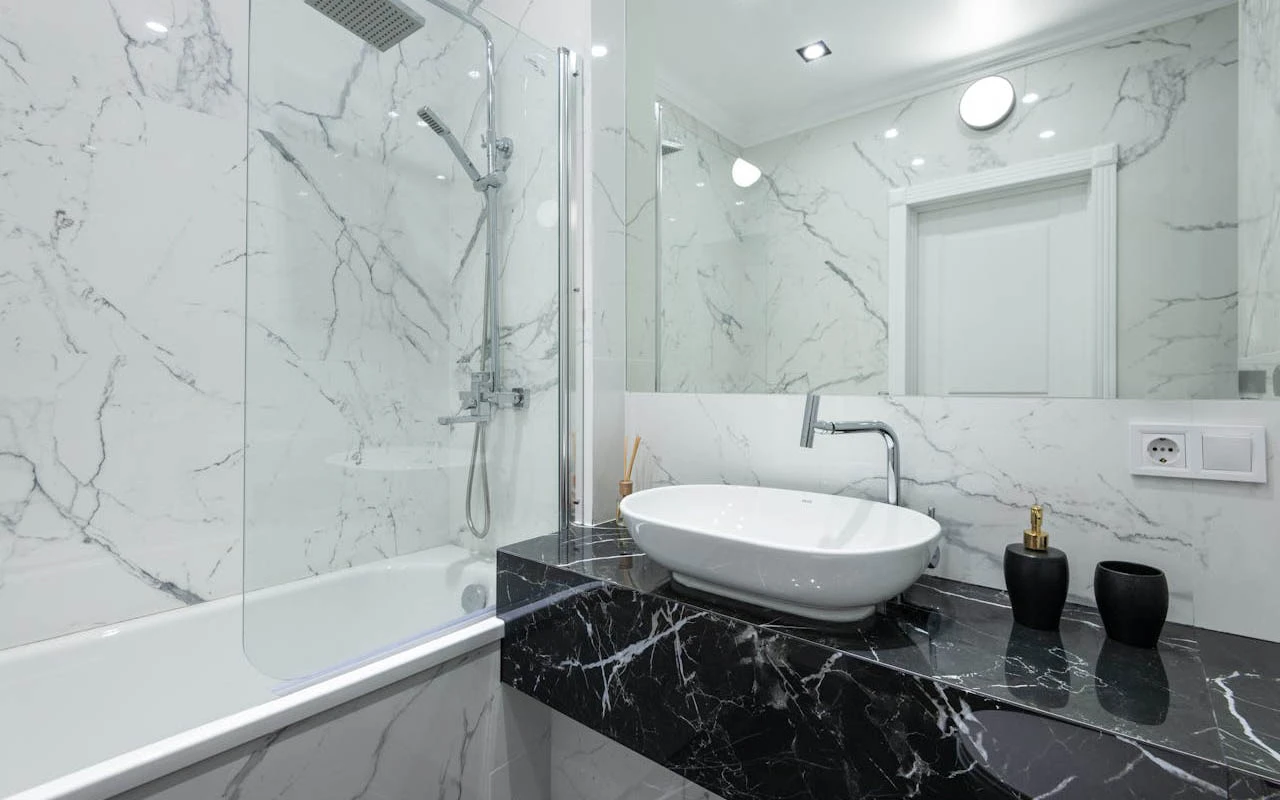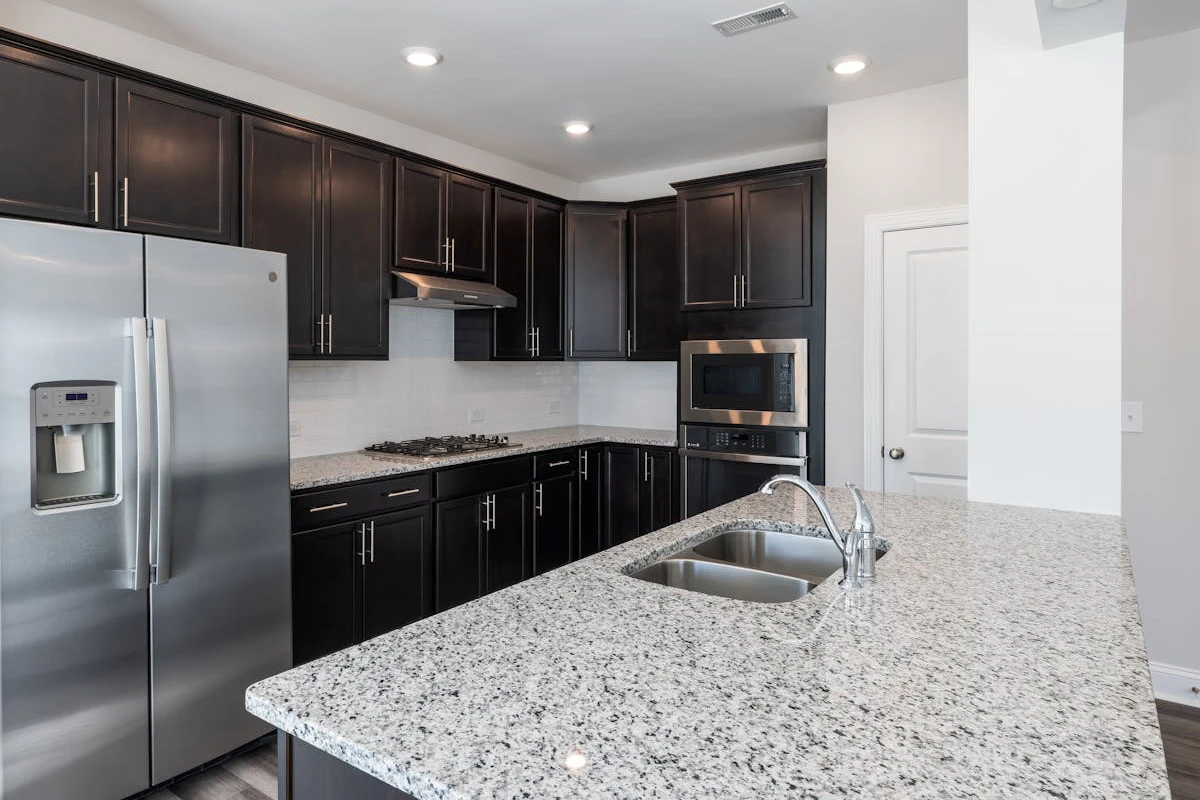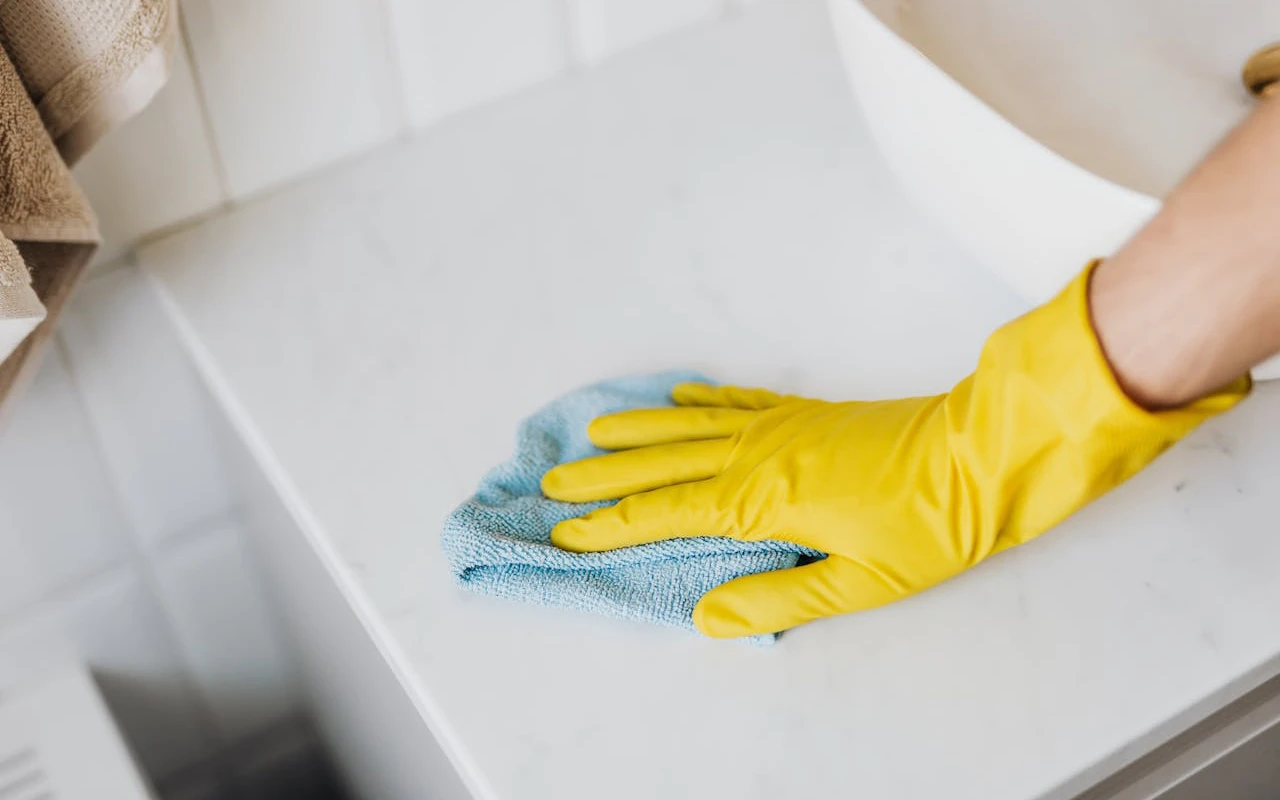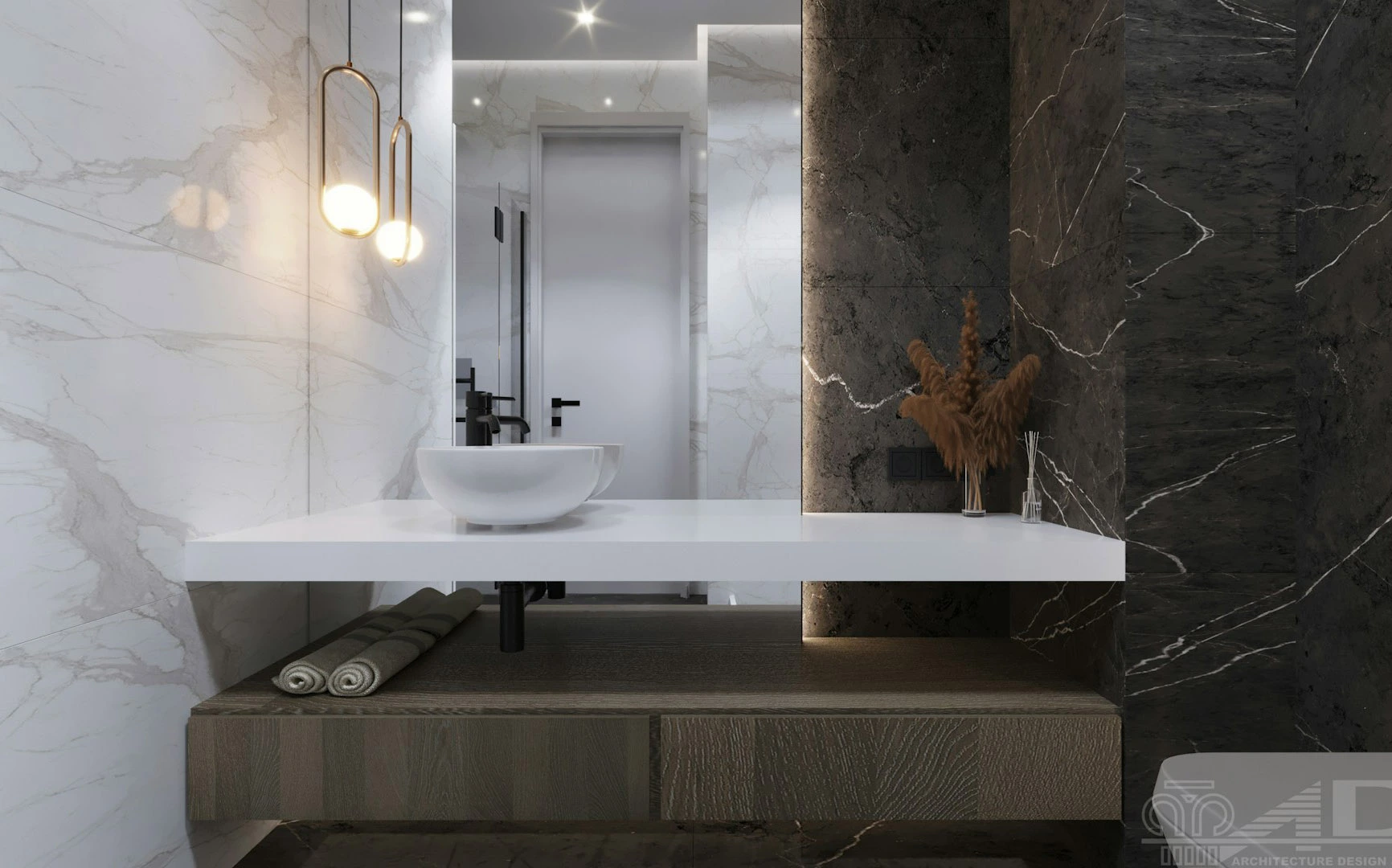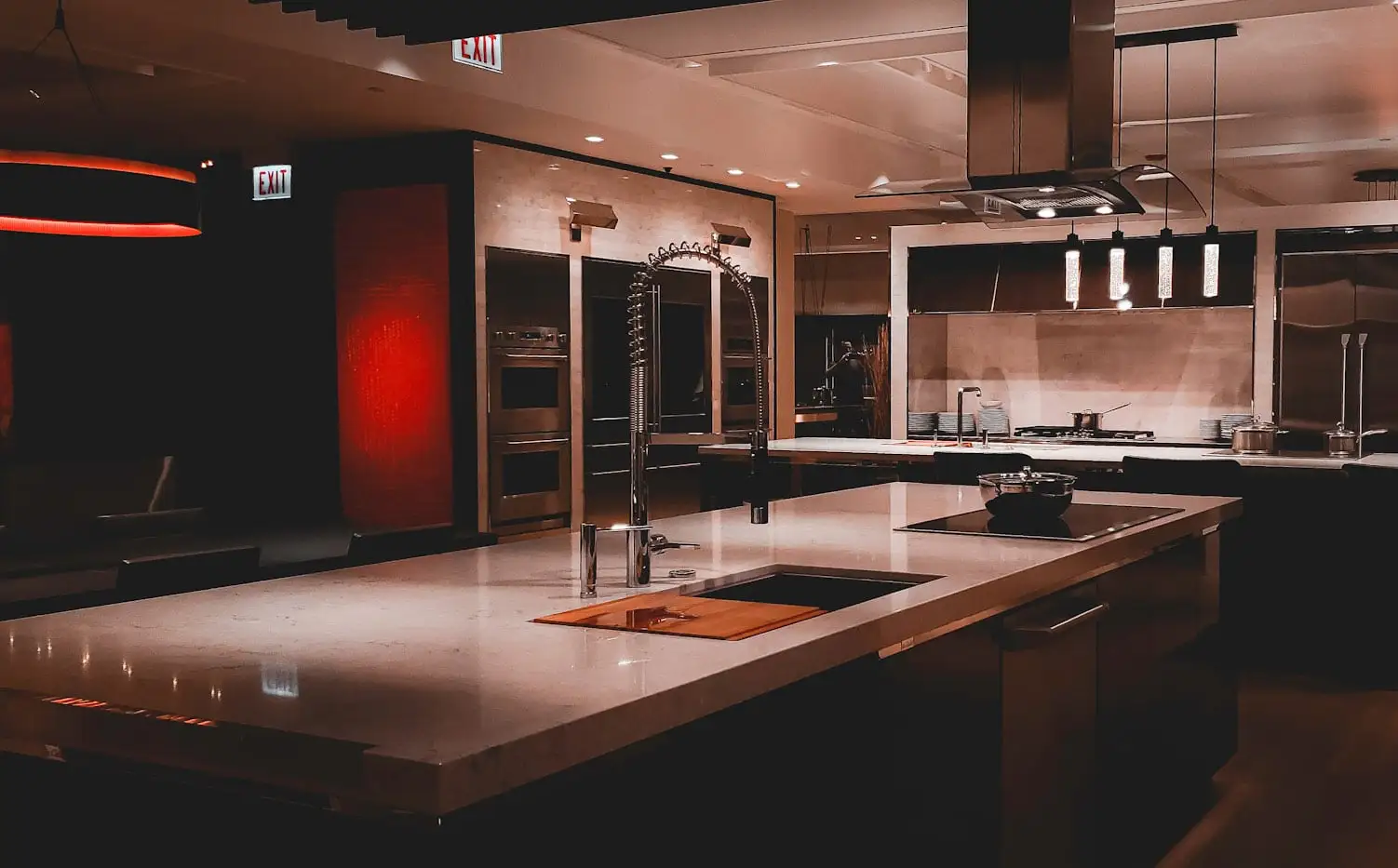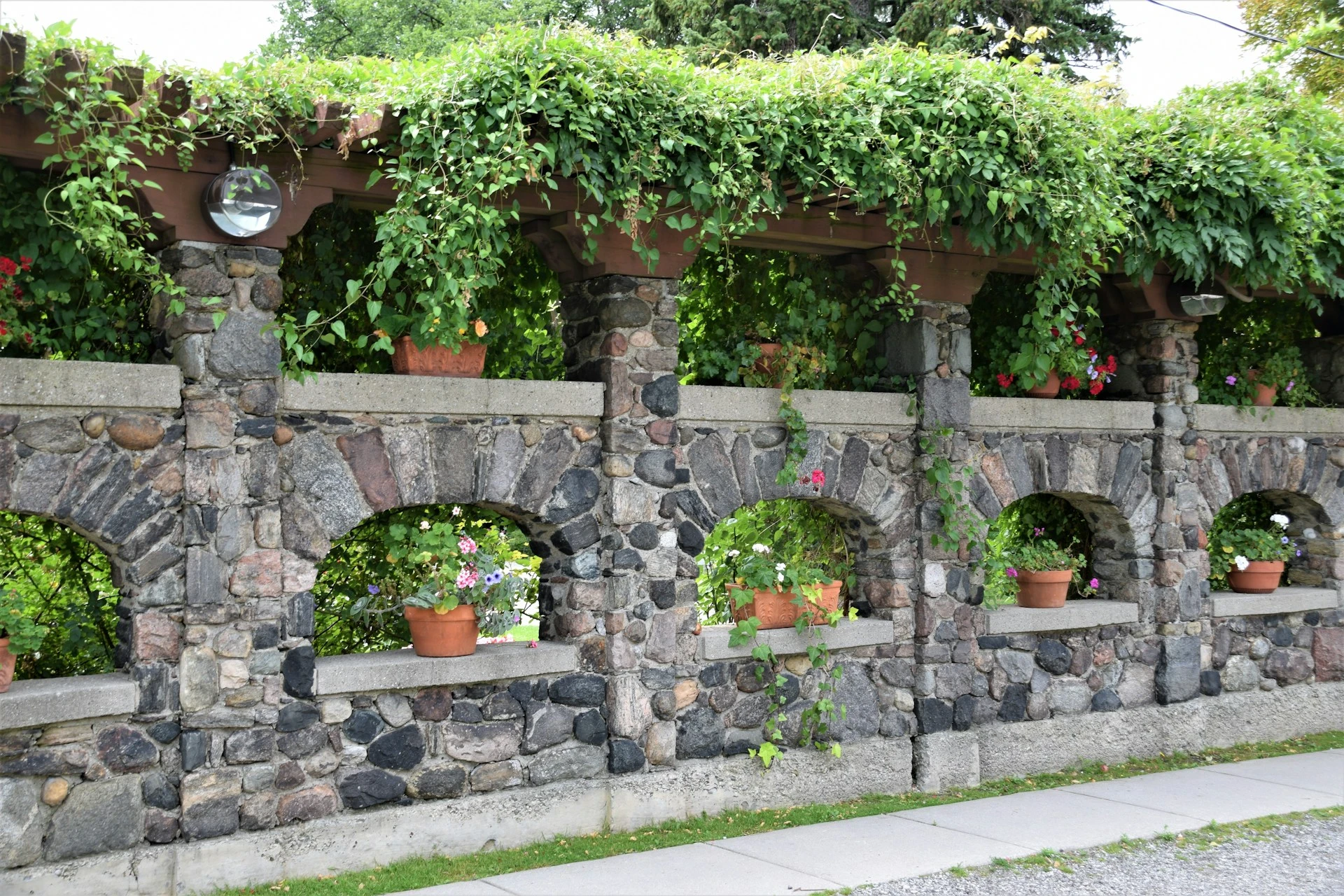Marble is known for its timeless beauty, elegant veining, and luxurious feel. But when it comes to high-traffic areas like the kitchen, many homeowners ask the same question: Can you use marble in the kitchen without worrying about stains, scratches, and maintenance?
In this article, we uncover the real pros and cons of using marble in the kitchen, so you can decide if it’s the right choice for your home.
🏠 Why Homeowners Love Marble in the Kitchen
Whether it’s a sleek modern loft or a classic Indian villa, marble countertops and backsplashes remain a top choice among interior designers and architects. Here’s why:
✔ Stunning Aesthetic
No other natural stone offers the same elegant patterns and timeless appearance. White marble like Carrara, Statuario, and Makrana adds brightness and character to kitchen spaces.
✔ Natural Coolness
Marble stays cool, which is ideal for baking stations or warm climates like India’s.
✔ Custom Look
Every slab is unique—marble creates a custom, high-end look that’s hard to replicate with quartz or granite.

⚠️ The Challenges of Using Marble in the Kitchen
Despite its beauty, marble has natural limitations that must be considered in a kitchen environment:
❌ Staining Risk
Marble is porous, meaning it easily absorbs liquids like turmeric, oil, vinegar, and wine. These can leave permanent stains if not cleaned quickly.
❌ Scratching & Etching
It’s softer than granite or quartz, making it vulnerable to scratches from knives and etching from acidic foods like lemon or tomato.
❌ Regular Maintenance Required
To keep marble kitchen surfaces looking good, you’ll need to seal them every 6–12 months and avoid common household cleaners.
🔍 Where to Use Marble in the Kitchen
You can use marble in the kitchen, but placement matters. Here are smart ways to include it:
🔹 Kitchen Countertops
Yes, you can use marble for countertops—but choose a honed finish instead of polished. It hides etching and scratches better.
🔹 Kitchen Backsplash
Perfect for vertical surfaces, where there’s less direct contact with food or utensils.
🔹 Kitchen Island
A show-stopping island in white marble can become the centerpiece of the room. Just use cutting boards and coasters religiously.
🔹 Flooring
In Indian homes with open kitchens, marble flooring offers coolness and elegance. Just make sure it’s sealed and cleaned regularly.
🧽 How to Maintain Marble in the Kitchen
If you’re committed to marble, these tips will help preserve its beauty:
| Tip | Why It Matters |
|---|---|
| Seal every 6–12 months | Prevents stains and moisture absorption |
| Wipe spills immediately | Avoids etching and staining |
| Use trivets and coasters | Protects from heat and liquids |
| Clean with pH-neutral cleaner | Prevents surface damage |
| Avoid acidic foods directly on surface | Reduces risk of dull spots |
🆚 Marble vs Other Kitchen Materials
| Feature | Marble | Granite | Quartz |
|---|---|---|---|
| Beauty | ⭐⭐⭐⭐⭐ | ⭐⭐⭐⭐ | ⭐⭐⭐ |
| Maintenance | ⚠️ High | ⚠️ Medium | ✅ Low |
| Heat Resistance | ✅ Good | ✅ Excellent | ⚠️ Medium |
| Stain Resistance | ⚠️ Low | ✅ Good | ✅ Excellent |
Verdict: Marble wins on looks but requires more care. Choose it if you’re ready to maintain it properly.
🔚 Final Verdict: Is Marble Right for Your Kitchen?
Yes, you can use marble in the kitchen—but only if you’re prepared for regular maintenance. If your priority is beauty and elegance, and you’re okay with occasional wear, marble is a stunning choice. However, if you want low-maintenance durability, quartz or granite may be better.
At the end of the day, it’s about your lifestyle and design goals. For those who love luxury and don’t mind the upkeep, marble in the kitchen is absolutely worth it.
 Related Reads on Stoneman Magazine:
Related Reads on Stoneman Magazine:


